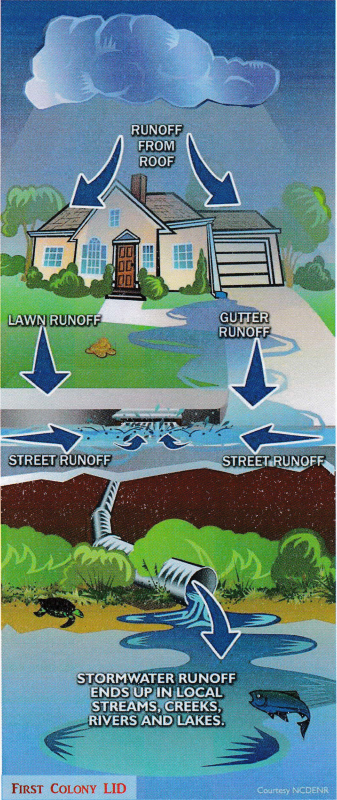ATTN: Changes Coming for NFIP (Flood Insurance)
Should you buy flood insurance or not if you live within the boundaries of First Colony Levee Improvement District (FCLID)? That is a question that each homeowner must ask themselves. Whether you already have it or are considering it, here is something you need to know.
FEMA, the Federal Emergency Management Agency, is coming out with a new method of rating the flood risk of a property. Their original method was with a product called Flood Insurance Rate Maps (FIRM). This methodology has not changed in over 50 years, but change is coming, and it will go into effect October 1, 2021. This new method called Risk Rating 2.0 utilizes the latest technology available to assess the flood risk of a property.
With Risk Rating 2.0, FEMA estimates that 14% of Texas residents with an existing flood insurance policy will see an immediate decrease in their flood insurance premium; 79% of Texas residents with an existing flood insurance policy will see an immediate increase in their flood insurance premium that could range from $0 to $10 per month; 3% of Texas residents with an existing flood insurance policy will see an immediate increase in their flood insurance premium of $10 to $20 per month; and 4% of Texas residents with an existing flood insurance policy will see an immediate increase in their flood insurance premium greater than $20 per month.
We do not yet know how Risk Rating 2.0 will impact flood insurance prices in FCLID. We do not know which category of premium change will include us. However, if you already have flood insurance, you are grandfathered into how fast your flood insurance premium can increase. It is federally mandated that a flood insurance premium cannot increase by more than 18% per year.
Therefore, we encourage you to get flood insurance. Contact your home insurance provider. Since a flood insurance policy takes 30 days to go into effect, you must purchase your policy by September 1, 2021, for your policy to become effective prior to the effective date of Risk Rating 2.0.
Click here for additional information regarding Risk Rating 2.0.

